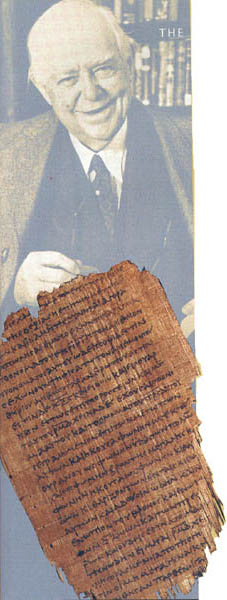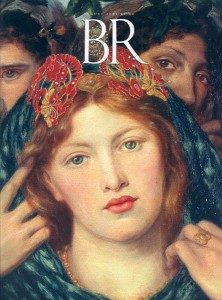How an American Coal Miner Acquired Sacred Biblical Papyri
The Chester Beatty Collection

The Chester Beatty Library was once one of Dublin’s best-kept secrets. I often found myself the only visitor when I went there as a student. The library was tucked away in the leafy Dublin suburb of Ballsbridge, on Shrewsbury Road, amidst foreign embassies and the wealthiest homes in the city. Going there was like a pilgrimage. As I passed through the doors, time dropped away. Whole eras were evoked by choice pieces in the library’s galleries. But the greatest lure for an apprentice archaeologist like me was the Chester Beatty Papyri, a collection of Greek biblical manuscripts dating as early as the late second and third century A.D.
Things have changed since then. In November 1999, the library moved to the heart of the city, inside the courtyard of Dublin Castle, where it hosts an estimated 70,000 visitors per year. A glass-roofed concourse links the 18th-century Clock Tower Building that houses the reading room with an airy new exhibition building and its two floors of galleries. At last the collection has room to expand (although less than 2 percent is on display at any one time). The renovation has received international praise. This year the library became the first Irish institution to be deemed European Museum of the Year.
Already a library member? Log in here.
Institution user? Log in with your IP address.

